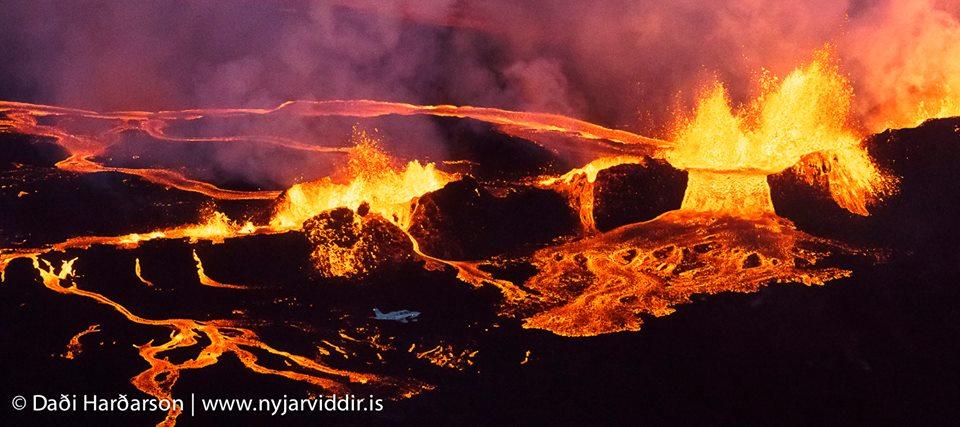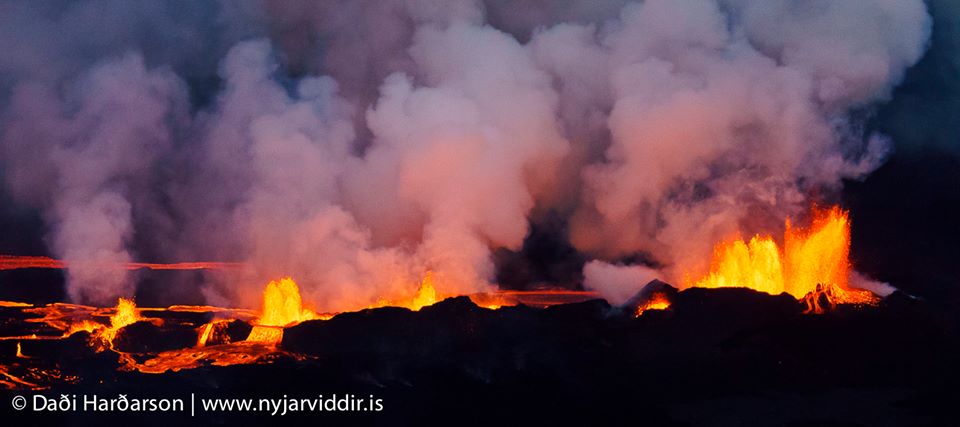WKN Weer, Klimaat en Natuurrampen
Lees alles over het onstuimige weer op onze planeet, volg orkanen en tornado's, zie hoe vulkanen uitbarsten en hoe Moeder Aarde beeft bij een aardbeving. Alles over de verwoestende kracht van onze planeet en tal van andere natuurverschijnselen.



Bevingen gaan in iedergeval onverminderd door.
Verzakking van de caldera blijft op zelfde snelheid doorgaan
Verzakking van de caldera blijft op zelfde snelheid doorgaan
<a href="http://goo.gl/q8fhTe" target="_blank">FAQ?</a>
<a href="http://goo.gl/gYvZFq" target="_blank">Geel is een zonnige en vrolijke kleur, als hij tenminste enigszins warm is gekleurd en wat naar het oranje neigt</a>
<a href="http://goo.gl/gYvZFq" target="_blank">Geel is een zonnige en vrolijke kleur, als hij tenminste enigszins warm is gekleurd en wat naar het oranje neigt</a>


quote:Lava eruption is second largest eruption in Iceland since Laki in 1783-1784
The Holuhraun lavafield has now reached a size of 70 square kilometers and its volume is thought to have exceeded 1 cubic kilometer, or one billion cubic meters. This lava eruption is thus the second largest in Iceland since the Laki eruption in 1783 - 1784.
"We may be in for the long haul, regarding this eruption," says geophysicist Pall Einarsson, professor at the University of Iceland's Institute of Earth Sciences. "During the last decades, we have experienced eruptions that have been forceful at the start, and rather short lived, such as the Hekla and Grimsvotn eruptions," says Einarsson. "But we can also talk about the Heimaey eruption in 1973, which lasted from January until July that year, and the Krafla eruptions, which lasted intermittently for 15 years. So a long-lasting event in Holuhraun is not a remote possibility; the eruption is now in a well established phase and it's difficult to see any signs of changes."
Bardarbunga still shaking
Seismic activity in the Bardarbunga caldera, south of Holuhraun, still continues, with over 60 earthquakes detected today and yesterday. Limited activity has been detected in the dyke intrusion which is thought to feed the Holuhraun eruption. „As long as there is an eruption there, we see lower pressure beneath Bardarbunga,“ says Einarsson. „Should the magma in the instrusion freeze, we will have to see what happens in the caldera.“
Started small - getting big
With constant activity in the main crater in the lavafield, the Holuhraun lavafield has been growing steadily towards the north and east of the source; reaching 70 square kilometres in recent days. The volume is also impressive; with over 1 cubic kilometer of lava erupted, Holuhraun is now the second largest effusive eruption in Iceland since the 18th century. Only the Laki eruption in 1783 - 1784 is bigger, with 15 cubic kilometers of erupted lava.
"The Holuhraun eruption is accordingly the second biggest effusive eruption when it comes to the SO2 pollution," says Einarsson. That pollution is persistent in Iceland, annoying inhabitants in every part of the country, depending on the weather. 40 - 60.000 tonnes of SO2 are released into the air every day in Holuhraun, and pollution levels have sometimes reached dangerous levels, especially in eastern Iceland.


En een hele vreemde.
twitter:uni_iceland twitterde op dinsdag 11-11-2014 om 19:10:49 [1] For those following the subsidence of #Bardarbunga may have seen the uplift of 1.5m today. The GPS monitor… http://t.co/N9rNn1TZYa reageer retweet
<a href="http://goo.gl/q8fhTe" target="_blank">FAQ?</a>
<a href="http://goo.gl/gYvZFq" target="_blank">Geel is een zonnige en vrolijke kleur, als hij tenminste enigszins warm is gekleurd en wat naar het oranje neigt</a>
<a href="http://goo.gl/gYvZFq" target="_blank">Geel is een zonnige en vrolijke kleur, als hij tenminste enigszins warm is gekleurd en wat naar het oranje neigt</a>


misschien extra aanvoer magma waardoor alles weer omhoog komt?quote:Op dinsdag 11 november 2014 22:33 schreef bwt het volgende:
En een hele vreemde.[ afbeelding ]twitter:uni_iceland twitterde op dinsdag 11-11-2014 om 19:10:49 [1] For those following the subsidence of #Bardarbunga may have seen the uplift of 1.5m today. The GPS monitor… http://t.co/N9rNn1TZYa reageer retweet


Ik had tweet 2 gemist
Komt door sneeuw (correctie - apparatuur is door de wetenschappers hoger neergezet ivm de sneeuw)
[ Bericht 3% gewijzigd door bwt op 12-11-2014 12:24:21 ]
Komt door sneeuw (correctie - apparatuur is door de wetenschappers hoger neergezet ivm de sneeuw)
twitter:uni_iceland twitterde op dinsdag 11-11-2014 om 19:12:30 … [2] was being lifted by scientists because of heavy snow. #Bardarbunga is still subsiding at a similar rate as before. reageer retweet
[ Bericht 3% gewijzigd door bwt op 12-11-2014 12:24:21 ]
<a href="http://goo.gl/q8fhTe" target="_blank">FAQ?</a>
<a href="http://goo.gl/gYvZFq" target="_blank">Geel is een zonnige en vrolijke kleur, als hij tenminste enigszins warm is gekleurd en wat naar het oranje neigt</a>
<a href="http://goo.gl/gYvZFq" target="_blank">Geel is een zonnige en vrolijke kleur, als hij tenminste enigszins warm is gekleurd en wat naar het oranje neigt</a>


bronquote:• The volcanic eruption in Holuhraun continues with similar intensity. Lava continues to flow out of the lava lake in the crater. The lava field continues to grow to the south. Yesterday a helicopter from the Icelandic Cost Guard used to examine conditions by the southern edge of the lava field, were lave is flowing on a 3-5 km wide area.
• Seismic activity in Bardarbunga continues to be strong. The biggest earthquake that was detected over the last two days was on Monday, 10. November at 22:39 of magnitude M5,2. In total 15 earthquakes between M4,0 and M5,0 were detected over the period. From noon on Monday the total number of earthquakes was around 130.
• Very few smaller earthquakes were detected in the dyke and at the eruption site in Holuhraun.
• An earthquake swarm was detected in Tungnafellsjokll glacier yesterday. The biggest earthquake was at 10:07 of magnitude M2,8.
• The subsidence of the Bardarbunga caldera continues with similar rate as last few weeks. Yesterday the GPS station was lifted out of the snow, which is now falling on the glacier. The sharp rise seen on the graph on the Icelandic Met Office web page, is the result of this operation.
twitter:uni_iceland twitterde op woensdag 12-11-2014 om 13:52:59 The cause of yesterdays bump in #Bardarbnga subsidence graph. The GPS monitor was moved because of heavy snow http://t.co/xIX2qLiJYv reageer retweet
[ Bericht 29% gewijzigd door bwt op 12-11-2014 15:45:42 ]
<a href="http://goo.gl/q8fhTe" target="_blank">FAQ?</a>
<a href="http://goo.gl/gYvZFq" target="_blank">Geel is een zonnige en vrolijke kleur, als hij tenminste enigszins warm is gekleurd en wat naar het oranje neigt</a>
<a href="http://goo.gl/gYvZFq" target="_blank">Geel is een zonnige en vrolijke kleur, als hij tenminste enigszins warm is gekleurd en wat naar het oranje neigt</a>


En de komische noot:
twitter:Bardarbunga twitterde op donderdag 13-11-2014 om 10:29:41 Damn you #Holuhraun for stealing my mojo and fame. Just showing off with your long lasting eruption. #Bardarbunga reageer retweet
<a href="http://goo.gl/q8fhTe" target="_blank">FAQ?</a>
<a href="http://goo.gl/gYvZFq" target="_blank">Geel is een zonnige en vrolijke kleur, als hij tenminste enigszins warm is gekleurd en wat naar het oranje neigt</a>
<a href="http://goo.gl/gYvZFq" target="_blank">Geel is een zonnige en vrolijke kleur, als hij tenminste enigszins warm is gekleurd en wat naar het oranje neigt</a>


We zullen het wel merken als hij boos wordt!quote:Op donderdag 13 november 2014 10:31 schreef bwt het volgende:
En de komische noot:twitter:Bardarbunga twitterde op donderdag 13-11-2014 om 10:29:41 Damn you #Holuhraun for stealing my mojo and fame. Just showing off with your long lasting eruption. #Bardarbunga reageer retweet


Update
quote:• The volcanic eruption in Holuhraun continues with similar intensity as it has for the last two weeks. Lavacontinues to flow out of the lava lake in the crater to east southeast. Convection of sulphuric dioxide from the crater appears to be constant.
• Seismic activity in Bardarbunga continues to be strong but number of earthquakes stronger then M5,0 seem to be decreasing. The biggest earthquakes that were detected over the last two days were yesterday, 13. November at 20:46 of magnitude M4,9 and at 23:08 of magnitude M4,8. In total 17 earthquakes bigger then M4,0 were detected over the period but no earthquake stronger then M5,0 has been detected for four days. From noon on Wednesday the total number of earthquakes in Bardarbunga was around 140.
• About 25 smaller earthquakes were detected in the dyke and at the eruption site in Holuhraun. All of them under magnitude M1,5.
• The subsidence of the Bardarbunga caldera continues with similar rate as last few weeks although the rate of the depression appears to be slower.
• GPS measurements outside of Bardarbunga show that the displacement is slowing down.
<a href="http://goo.gl/q8fhTe" target="_blank">FAQ?</a>
<a href="http://goo.gl/gYvZFq" target="_blank">Geel is een zonnige en vrolijke kleur, als hij tenminste enigszins warm is gekleurd en wat naar het oranje neigt</a>
<a href="http://goo.gl/gYvZFq" target="_blank">Geel is een zonnige en vrolijke kleur, als hij tenminste enigszins warm is gekleurd en wat naar het oranje neigt</a>


Heb eerder gelezen dat dat vergelijkbaar is met de uitstoot van de gehele europese industrie per dagquote:Op vrijdag 14 november 2014 15:39 schreef Frutsel het volgende:
uitstoot 60.000 ton SO2 per dag...
die heeft er zin in
<a href="http://goo.gl/q8fhTe" target="_blank">FAQ?</a>
<a href="http://goo.gl/gYvZFq" target="_blank">Geel is een zonnige en vrolijke kleur, als hij tenminste enigszins warm is gekleurd en wat naar het oranje neigt</a>
<a href="http://goo.gl/gYvZFq" target="_blank">Geel is een zonnige en vrolijke kleur, als hij tenminste enigszins warm is gekleurd en wat naar het oranje neigt</a>


broeikaseffect my assquote:Op vrijdag 14 november 2014 15:52 schreef bwt het volgende:
[..]
Heb eerder gelezen dat dat vergelijkbaar is met de uitstoot van de gehele europese industrie per dag


twitter:volcan01010 twitterde op vrijdag 14-11-2014 om 15:22:22 SO2 from #Holuhraun made 40% of Icelandic rain samples acidic. Lowest pH so far, 3.5, is like grapefruit juice. http://t.co/xVz3Q1046Q reageer retweet
<a href="http://goo.gl/q8fhTe" target="_blank">FAQ?</a>
<a href="http://goo.gl/gYvZFq" target="_blank">Geel is een zonnige en vrolijke kleur, als hij tenminste enigszins warm is gekleurd en wat naar het oranje neigt</a>
<a href="http://goo.gl/gYvZFq" target="_blank">Geel is een zonnige en vrolijke kleur, als hij tenminste enigszins warm is gekleurd en wat naar het oranje neigt</a>


En er is weer een 5+ gemeten.
De zwaardere bevingen zitten nu ook weer meer rond de caldera ipv alleen de noord rand.
De zwaardere bevingen zitten nu ook weer meer rond de caldera ipv alleen de noord rand.
<a href="http://goo.gl/q8fhTe" target="_blank">FAQ?</a>
<a href="http://goo.gl/gYvZFq" target="_blank">Geel is een zonnige en vrolijke kleur, als hij tenminste enigszins warm is gekleurd en wat naar het oranje neigt</a>
<a href="http://goo.gl/gYvZFq" target="_blank">Geel is een zonnige en vrolijke kleur, als hij tenminste enigszins warm is gekleurd en wat naar het oranje neigt</a>


Hoever is de caldera inmiddels gezakt?
DeLuna vindt me dik ;(
Op zondag 22 juni 2014 12:30 schreef 3rdRock het volgende:
pas als jullie gaan trouwen. nu ben je gewoon die Oom Rubber die met onze mama leuke dingen doet :)
Op zondag 22 juni 2014 12:30 schreef 3rdRock het volgende:
pas als jullie gaan trouwen. nu ben je gewoon die Oom Rubber die met onze mama leuke dingen doet :)


Als ik het goed heb nu 45 meter (?)quote:Op vrijdag 14 november 2014 19:13 schreef rubbereend het volgende:
Hoever is de caldera inmiddels gezakt?


Sinds ze nauwkeurig meten is ie 23 meter verzakt.
28 oktobeer was de totale verzakking ongeveer 40 meter.
5 dagen later stond de GPS meting op 20 meter.
nu is de totale verzaking dus inderdaad ergens tussen de 42-44 meter.
[ Bericht 43% gewijzigd door bwt op 15-11-2014 13:21:34 ]
28 oktobeer was de totale verzakking ongeveer 40 meter.
5 dagen later stond de GPS meting op 20 meter.
nu is de totale verzaking dus inderdaad ergens tussen de 42-44 meter.
quote:Op dinsdag 28 oktober 2014 12:10 schreef bwt het volgende:
[ afbeelding ]twitter:uni_iceland twitterde op dinsdag 28-10-2014 om 11:14:54 #Bardarbunga continues to subside, –40m so far. Signs of increased geothermal activity. Credit Žórdķs Högnadóttir http://t.co/NZFrRN2cp8 reageer retweet
quote:Op maandag 3 november 2014 12:19 schreef bwt het volgende:
Bevingen blijven onverminderd doorgaan[ afbeelding ]twitter:eruptionchaser twitterde op maandag 03-11-2014 om 07:15:18 @subglacial Big quake... correlated this time with big GPS 'up' spike.. http://t.co/N3xwnPHhE0 reageer retweet
5,3 is bijgesteld naar 5,4
-------------------http://avd.is/en/wp-conte(...)arbunga_20141103.pdftwitter:subglacial twitterde op maandag 03-11-2014 om 12:35:49 #Bįršarbunga #Holuhraun. Latest official update. Basically, everything is at a steady-state. http://t.co/lMMHhiCwwb reageer retweet
[..]
[ Bericht 43% gewijzigd door bwt op 15-11-2014 13:21:34 ]
<a href="http://goo.gl/q8fhTe" target="_blank">FAQ?</a>
<a href="http://goo.gl/gYvZFq" target="_blank">Geel is een zonnige en vrolijke kleur, als hij tenminste enigszins warm is gekleurd en wat naar het oranje neigt</a>
<a href="http://goo.gl/gYvZFq" target="_blank">Geel is een zonnige en vrolijke kleur, als hij tenminste enigszins warm is gekleurd en wat naar het oranje neigt</a>


En van de 15e en 16etwitter:subglacial twitterde op zondag 16-11-2014 om 10:21:50 #Bįršarbunga. After M5.4 EQ seismic activity dropped temporarily. More repeats could reveal subsidence mechanism(s). http://t.co/muIozr5gGb reageer retweet
<a href="http://goo.gl/q8fhTe" target="_blank">FAQ?</a>
<a href="http://goo.gl/gYvZFq" target="_blank">Geel is een zonnige en vrolijke kleur, als hij tenminste enigszins warm is gekleurd en wat naar het oranje neigt</a>
<a href="http://goo.gl/gYvZFq" target="_blank">Geel is een zonnige en vrolijke kleur, als hij tenminste enigszins warm is gekleurd en wat naar het oranje neigt</a>


twitter:subglacial twitterde op zondag 16-11-2014 om 23:31:45 #Bįršarbunga. New map shows extent of lava field. Growth is on south side. http://t.co/muIozr5gGb http://t.co/NRG5FuYOdI reageer retweet
<a href="http://goo.gl/q8fhTe" target="_blank">FAQ?</a>
<a href="http://goo.gl/gYvZFq" target="_blank">Geel is een zonnige en vrolijke kleur, als hij tenminste enigszins warm is gekleurd en wat naar het oranje neigt</a>
<a href="http://goo.gl/gYvZFq" target="_blank">Geel is een zonnige en vrolijke kleur, als hij tenminste enigszins warm is gekleurd en wat naar het oranje neigt</a>


twitter:uni_iceland twitterde op woensdag 12-11-2014 om 19:57:58 The coast guard flew over #Holuhraun eruption site yesterday with some of our scientists. Credit: J. Gušbjartsson http://t.co/4UplmXLz9O reageer retweet
twitter:uni_iceland twitterde op woensdag 12-11-2014 om 19:58:44 Tech guy Žorsteinn Jónsson shovels fresh lava from #Holuhraun eruption. He practically lives up there. http://t.co/tIc3J9WOrV reageer retweet
twitter:uni_iceland twitterde op woensdag 12-11-2014 om 20:01:52 This would be a nice place to barbecue… or maybe it's a bit too hot #Holuhraun #Bardarbunga yesterday http://t.co/RtfD3wsCLA reageer retweet
<a href="http://goo.gl/q8fhTe" target="_blank">FAQ?</a>
<a href="http://goo.gl/gYvZFq" target="_blank">Geel is een zonnige en vrolijke kleur, als hij tenminste enigszins warm is gekleurd en wat naar het oranje neigt</a>
<a href="http://goo.gl/gYvZFq" target="_blank">Geel is een zonnige en vrolijke kleur, als hij tenminste enigszins warm is gekleurd en wat naar het oranje neigt</a>


Grillen op lavasteen  . Maar geeft verse lavasteen geen rare chemische dampen af die het vlees bederven?
. Maar geeft verse lavasteen geen rare chemische dampen af die het vlees bederven?
Het blijft trouwens gestaag doorgaan.
Het blijft trouwens gestaag doorgaan.
🐱


Ja, erg veel SO2 - oftewel Zwaveldioxide. Niet echt gezond dus.quote:Op maandag 17 november 2014 09:35 schreef GekkePoes het volgende:
Grillen op lavasteen. Maar geeft verse lavasteen geen rare chemische dampen af die het vlees bederven?
Het blijft trouwens gestaag doorgaan.
------------
twitter:uni_iceland twitterde op maandag 17-11-2014 om 10:47:03 Satellite image of new #Holuhraun yesterday. It's now roughly 73 km2 with a volume of more than 1 km3 #Bardarbunga http://t.co/mHTz5kdxoL reageer retweet
<a href="http://goo.gl/q8fhTe" target="_blank">FAQ?</a>
<a href="http://goo.gl/gYvZFq" target="_blank">Geel is een zonnige en vrolijke kleur, als hij tenminste enigszins warm is gekleurd en wat naar het oranje neigt</a>
<a href="http://goo.gl/gYvZFq" target="_blank">Geel is een zonnige en vrolijke kleur, als hij tenminste enigszins warm is gekleurd en wat naar het oranje neigt</a>


Bronquote:• The volcanic eruption in Holuhraun continues with similar intensity as it has for the last two weeks. Lava continues to flow out of the lava lake in the crater to east southeast. The Lava field is now about 72 square kilometres.
• Seismic activity in Bardarbunga continues to be strong. The two biggest earthquakes that were detected since noon on Friday were both of magnitude M5,4. On Friday, 14. November at 11:25 and on Sunday, 16. November, at 01:37. In total 16 earthquakes bigger then M4,0 were detected over the period and 25 earthquakes between M3,0-3,9. In total 160 of earthquakes were detected in Bardarbunga since noon on Friday.
• About 50 smaller earthquakes were detected in the dyke and at the eruption site in Holuhraun. All of them under magnitude M1,6.
• The subsidence of the Bardarbunga caldera continues with similar rate as last few weeks. The rate of the depression in the centre of the caldera is decreasing but the flow of magma underneath the caldera is not decreasing since the depression area in the caldera continues to enlarge with the same rate as it has for the last three months.
• GPS measurements outside of Bardarbunga show that the displacement is slowing down.
<a href="http://goo.gl/q8fhTe" target="_blank">FAQ?</a>
<a href="http://goo.gl/gYvZFq" target="_blank">Geel is een zonnige en vrolijke kleur, als hij tenminste enigszins warm is gekleurd en wat naar het oranje neigt</a>
<a href="http://goo.gl/gYvZFq" target="_blank">Geel is een zonnige en vrolijke kleur, als hij tenminste enigszins warm is gekleurd en wat naar het oranje neigt</a>


Nieuwe video met lava en zo
http://www.ruv.is/frett/holuhraun-eruption-fresh-video
http://www.ruv.is/frett/holuhraun-eruption-fresh-video
<a href="http://goo.gl/q8fhTe" target="_blank">FAQ?</a>
<a href="http://goo.gl/gYvZFq" target="_blank">Geel is een zonnige en vrolijke kleur, als hij tenminste enigszins warm is gekleurd en wat naar het oranje neigt</a>
<a href="http://goo.gl/gYvZFq" target="_blank">Geel is een zonnige en vrolijke kleur, als hij tenminste enigszins warm is gekleurd en wat naar het oranje neigt</a>


Dat zo een helecopter zo dicht bij kan komen, het lijkt mij dat die enorme hitte vreselijk turbulent is.
🐱


twitter:IcelandicTimes twitterde op dinsdag 18-11-2014 om 22:37:59 Ongoing volcano eruption in #Holuhraun #Iceland - credit to Daši Haršarson @nyjarviddir.is http://t.co/UOnIdJ54cX reageer retweet
<a href="http://goo.gl/q8fhTe" target="_blank">FAQ?</a>
<a href="http://goo.gl/gYvZFq" target="_blank">Geel is een zonnige en vrolijke kleur, als hij tenminste enigszins warm is gekleurd en wat naar het oranje neigt</a>
<a href="http://goo.gl/gYvZFq" target="_blank">Geel is een zonnige en vrolijke kleur, als hij tenminste enigszins warm is gekleurd en wat naar het oranje neigt</a>


En toen snel er achteraan:twitter:eruptionchaser twitterde op donderdag 20-11-2014 om 11:02:01 @subglacial @eruptionsblog Uh oh. M4.5 @ 7.5km right on Hekla summit ridge. Quality 99% so presume for real: http://t.co/DHRPoYYSWe reageer retweet
twitter:eruptionchaser twitterde op donderdag 20-11-2014 om 11:06:39 @subglacial @eruptionsblog Belay that... *of course* 2 mins after I tweet, their 99% 4.5 is revised to a 99% 0.9... reageer retweet
[ Bericht 5% gewijzigd door bwt op 20-11-2014 14:30:41 ]
<a href="http://goo.gl/q8fhTe" target="_blank">FAQ?</a>
<a href="http://goo.gl/gYvZFq" target="_blank">Geel is een zonnige en vrolijke kleur, als hij tenminste enigszins warm is gekleurd en wat naar het oranje neigt</a>
<a href="http://goo.gl/gYvZFq" target="_blank">Geel is een zonnige en vrolijke kleur, als hij tenminste enigszins warm is gekleurd en wat naar het oranje neigt</a>


quote:Notes
• The volcanic eruption in Holuhraun continues to be strong. The activity is similar as it has been for the last two weeks but the lava flow is more fluctuating. The lava flow forms an extrusion to the east southeast. From midSeptember the productivity of the eruption has decreased.
• Seismic activity in Bardarbunga continues to be strong. The biggest earthquake that was detected since noon on Wednesday, 18. November at 00:26 was of magnitude M4,6. In total 16 earthquakes bigger then M4,0 were detected over the period and 39 earthquakes between M3,0-3,9. In total 170 earthquakes were detected in Bardarbunga since noon on Wednesday.
• On Thursday, 20 November at 08:46 an earthquake of magnitude M1,9 was detected in the dyke. Three other earthquakes larger then M1,5 were detected in the dyke since Wednesday. In total 65 earthquakes were detected in the dyke over the period, which is more activity then has been detected over the past few weeks. Most of the earthquakes were detected in north end of the dyke but about 15 earthquakes, including the larger ones, were more to the south and under Vatnajokull glacier.
• The subsidence of the Bardarbunga caldera and tectonics continues with similar rate as last few weeks. Tectonicsmovements show depression towards Bardarbunga.
<a href="http://goo.gl/q8fhTe" target="_blank">FAQ?</a>
<a href="http://goo.gl/gYvZFq" target="_blank">Geel is een zonnige en vrolijke kleur, als hij tenminste enigszins warm is gekleurd en wat naar het oranje neigt</a>
<a href="http://goo.gl/gYvZFq" target="_blank">Geel is een zonnige en vrolijke kleur, als hij tenminste enigszins warm is gekleurd en wat naar het oranje neigt</a>


 [1] For those following the subsidence of
[1] For those following the subsidence of 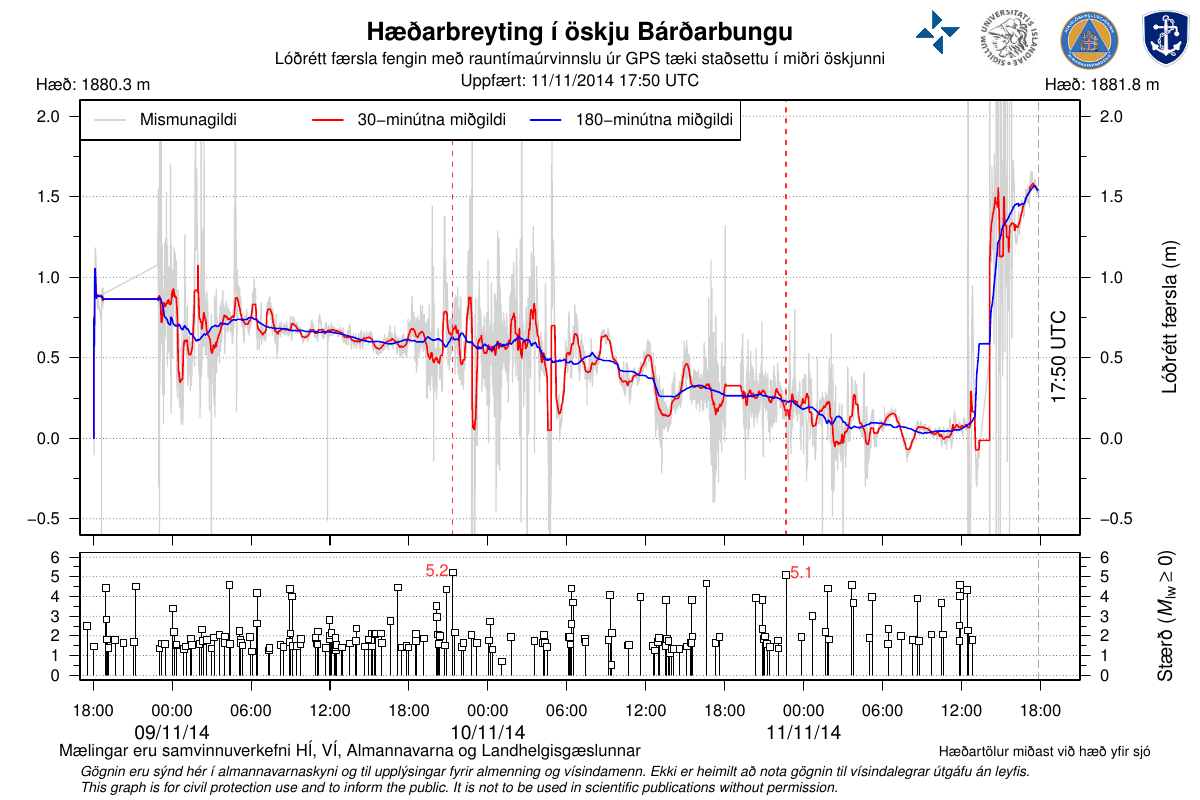
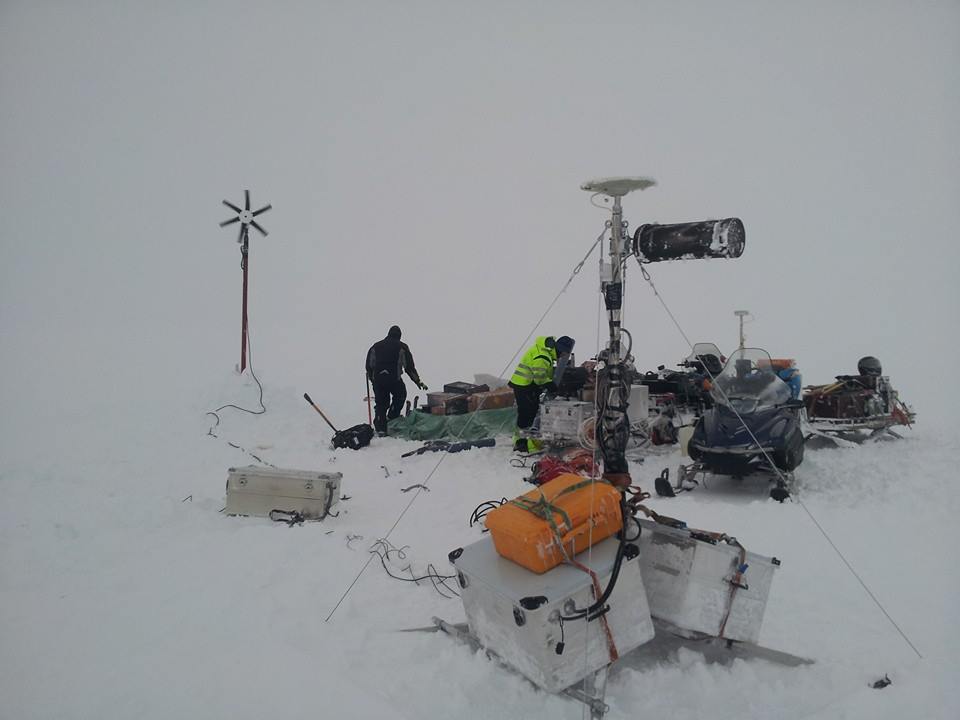
 Damn you
Damn you  SO2 from
SO2 from 


 @subglacial Big quake... correlated this time with big GPS 'up' spike..
@subglacial Big quake... correlated this time with big GPS 'up' spike.. 



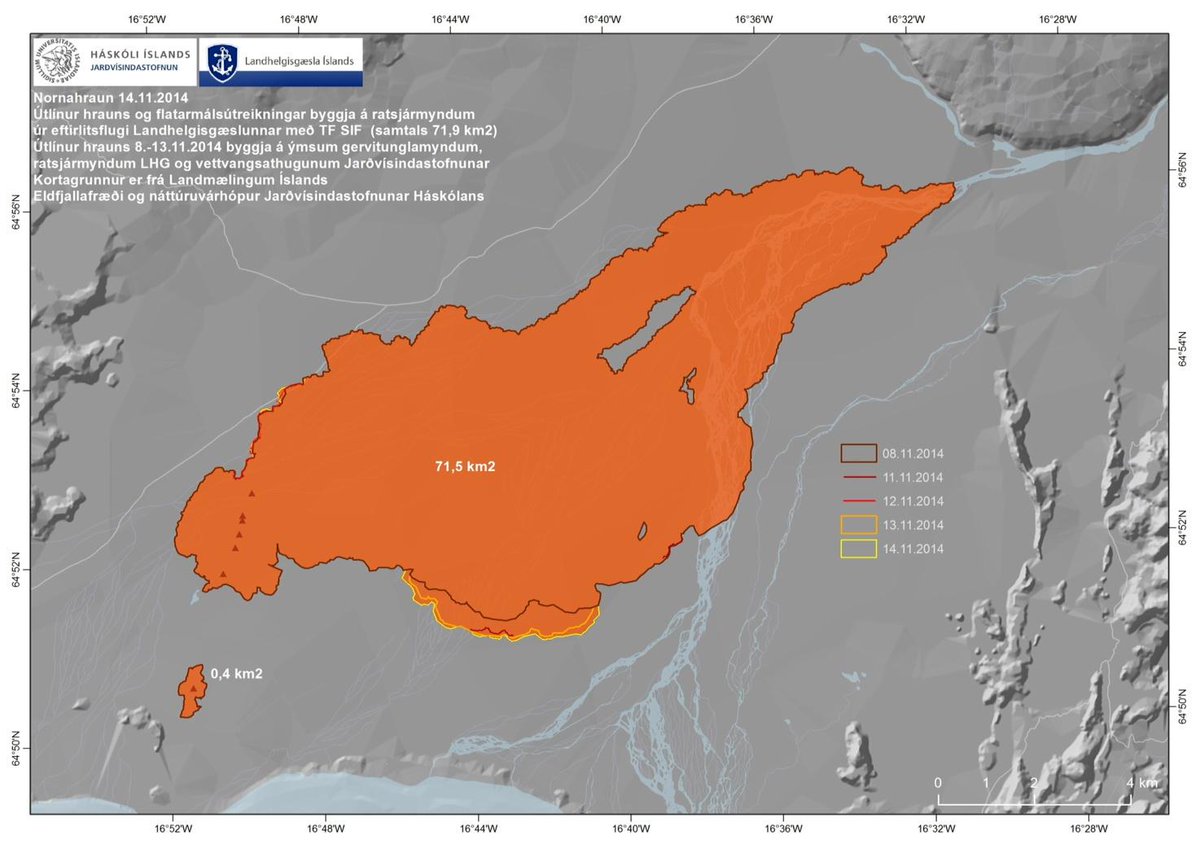
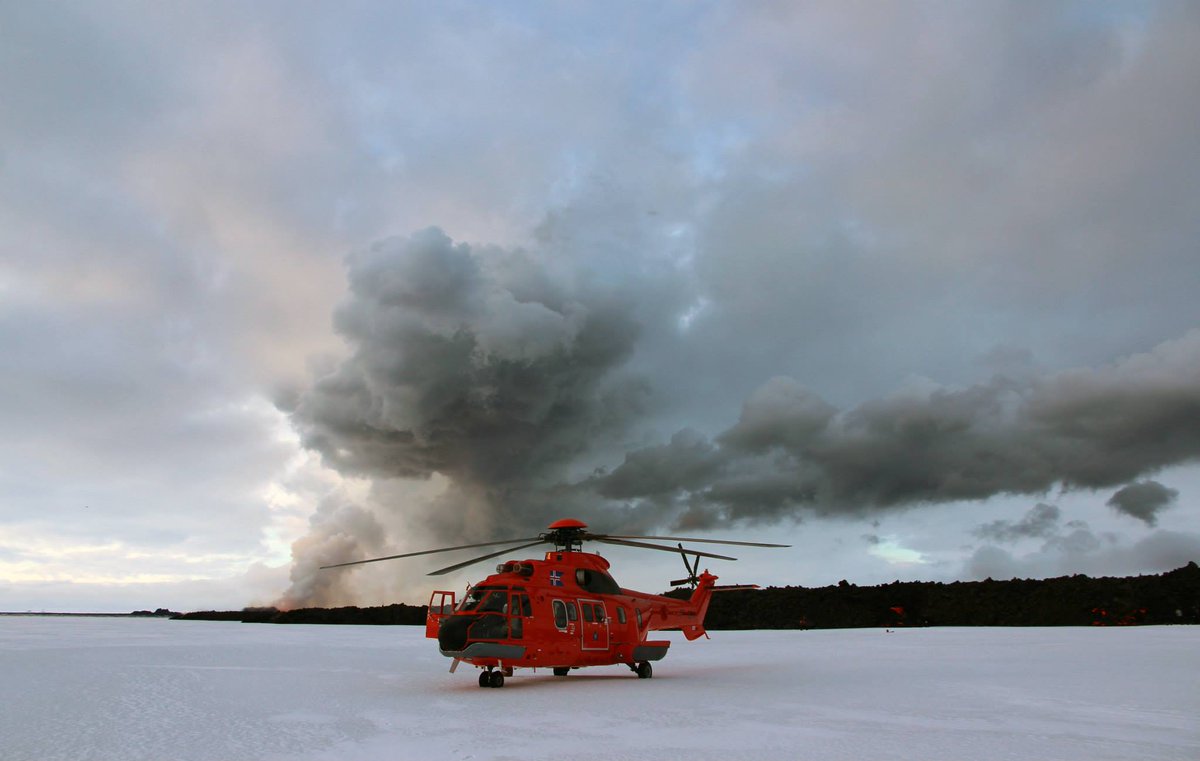

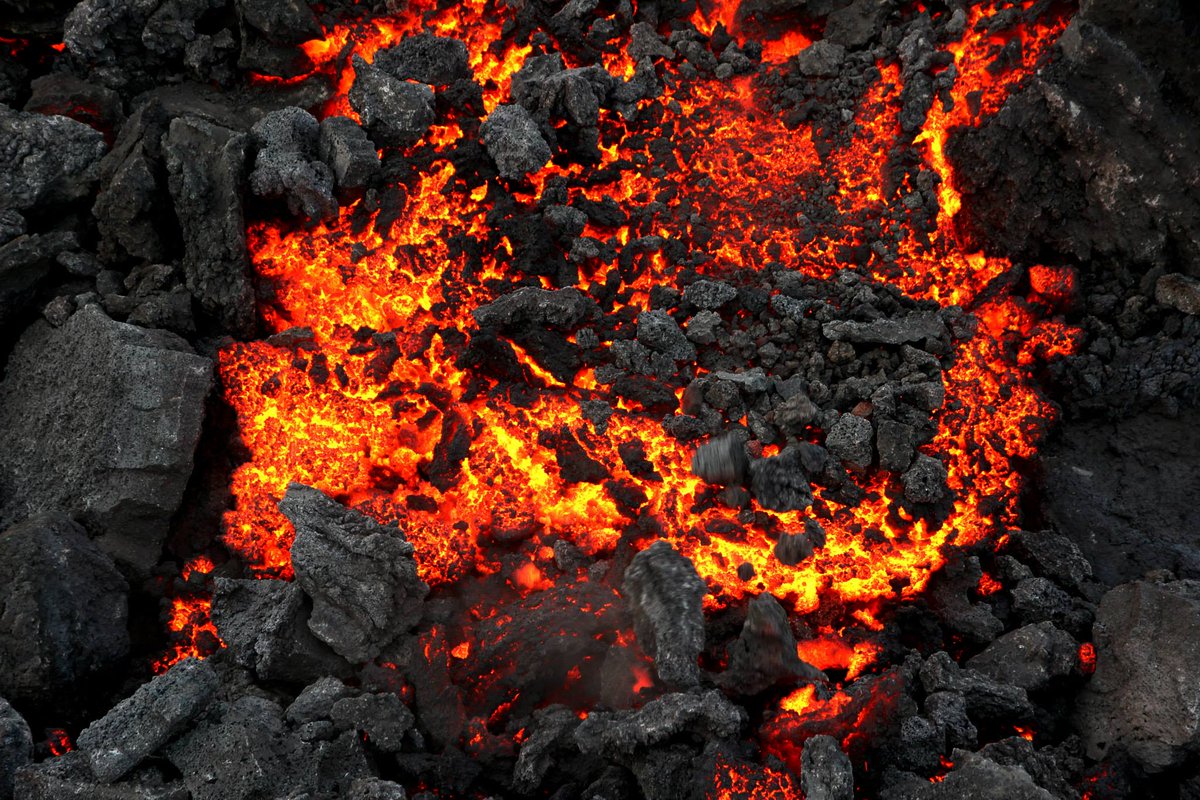
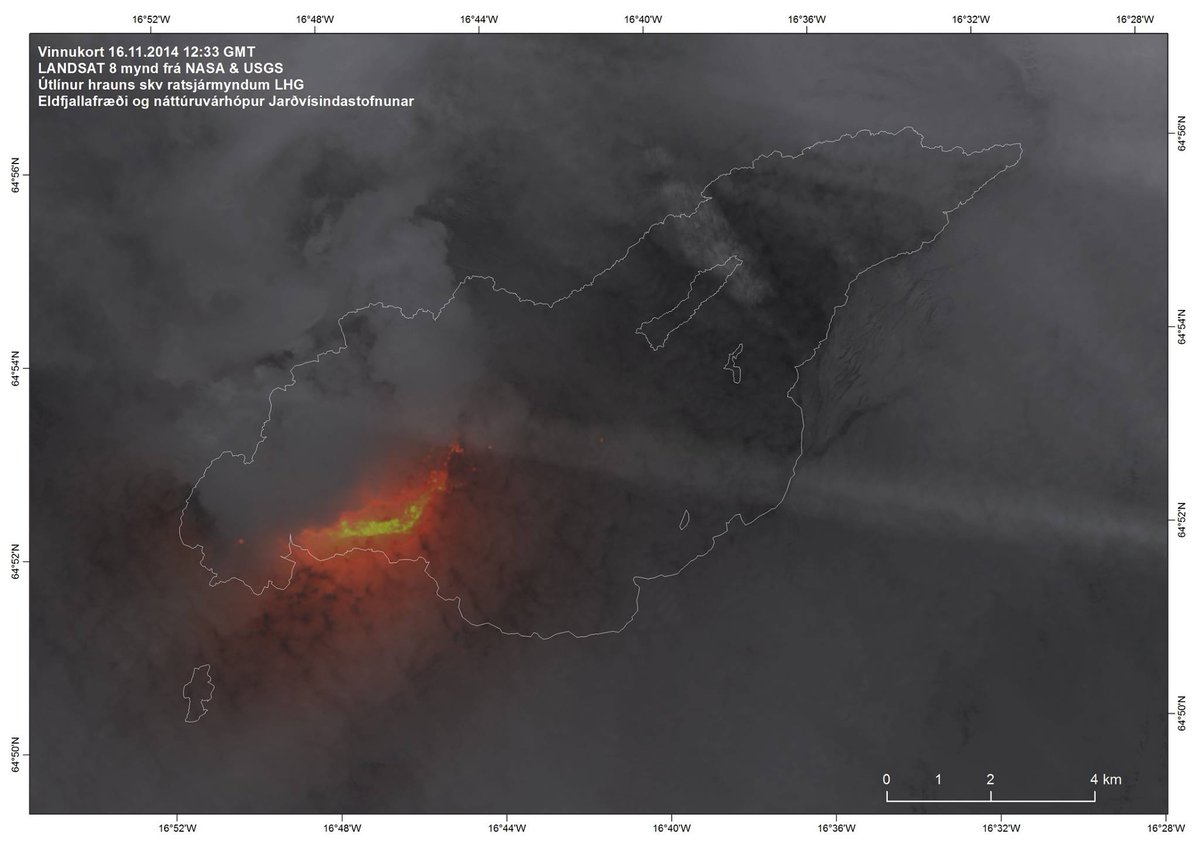


 Ongoing volcano eruption in
Ongoing volcano eruption in 
